Strolling through the narrow streets of Termoli’s old quarter, I feel like I’ve stepped into a living postcard. Pastel-colored houses line the winding cobblestone paths of Via San Pietro, each one quietly telling its own centuries-old story with faded pink, blue, and yellow facades.
When the morning light hits just right, these gentle hues seem to glow, creating a warmth that photographers and artists can’t resist.
What really sets Termoli apart is the way its working harbor and ancient architecture blend together, giving you a genuine Italian coastal experience. I spent hours just watching local fishermen mend their nets beside brightly painted boats, getting ready for their next trip out to the Adriatic.
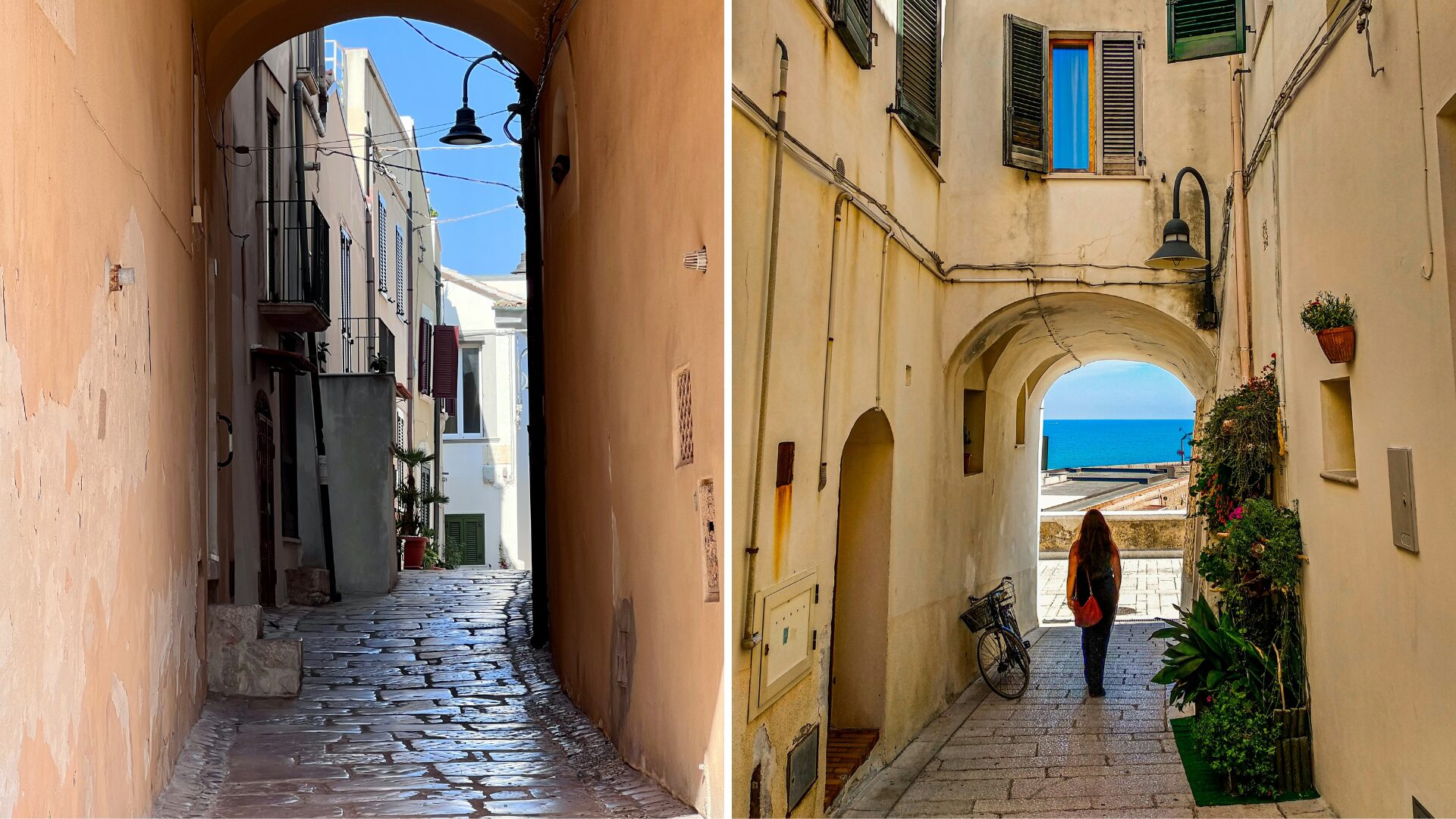
Unlike some of Italy’s more famous hotspots, Termoli keeps its everyday rhythms, letting visitors glimpse real coastal life instead of a show put on for tourists.
From my favorite café overlooking the harbor, I could take in both worlds—the historic charm of pastel buildings climbing up the hillside and the busy fishing boats below.
That contrast between timeless architecture and the lively port gives Termoli a unique energy you don’t find everywhere.
Discovering Termoli’s Old Quarter
Termoli’s Old Quarter, or Borgo Antico, is a beloved maze of narrow alleys, pastel houses, and deep maritime roots nestled on Italy’s Adriatic coast.
Walking through this ancient district, I can’t help but feel like I’ve traveled back in time.
Historical Significance of Borgo Antico
The heart of Termoli’s Old Quarter goes back to medieval times, with much of the architecture showing off 13th-century design. I learned that this compact, fortress-like area was built to fend off pirate attacks.
The Swabian Castle (Castello Svevo) rises as the quarter’s most impressive landmark, built under Frederick II around 1240.

Borgo Antico’s survival through countless invasions, including Turkish raids in the 1500s, fascinates me. The district’s protective walls and its spot on a promontory jutting into the sea show off the clever defensive planning of the past.
The old cathedral, dedicated to Saint Mary of Purification, stands out with its Romanesque style and a beautiful rose window.
Wandering the Cobblestone Streets
I wandered for hours in the labyrinth of cobblestone streets, each twist revealing something new. The pastel houses paint a charming palette against the blue Adriatic.
The Vicolo del Torrione, one of Italy’s narrowest alleys at just 34 centimeters wide, gave me a memorable moment as I squeezed through. Locals call it “kiss alley” because two people passing by have to nearly kiss to get through!
Stone stairways wind up through the quarter, leading to hidden viewpoints where I could look out over red-tiled rooftops and the fishing port below.
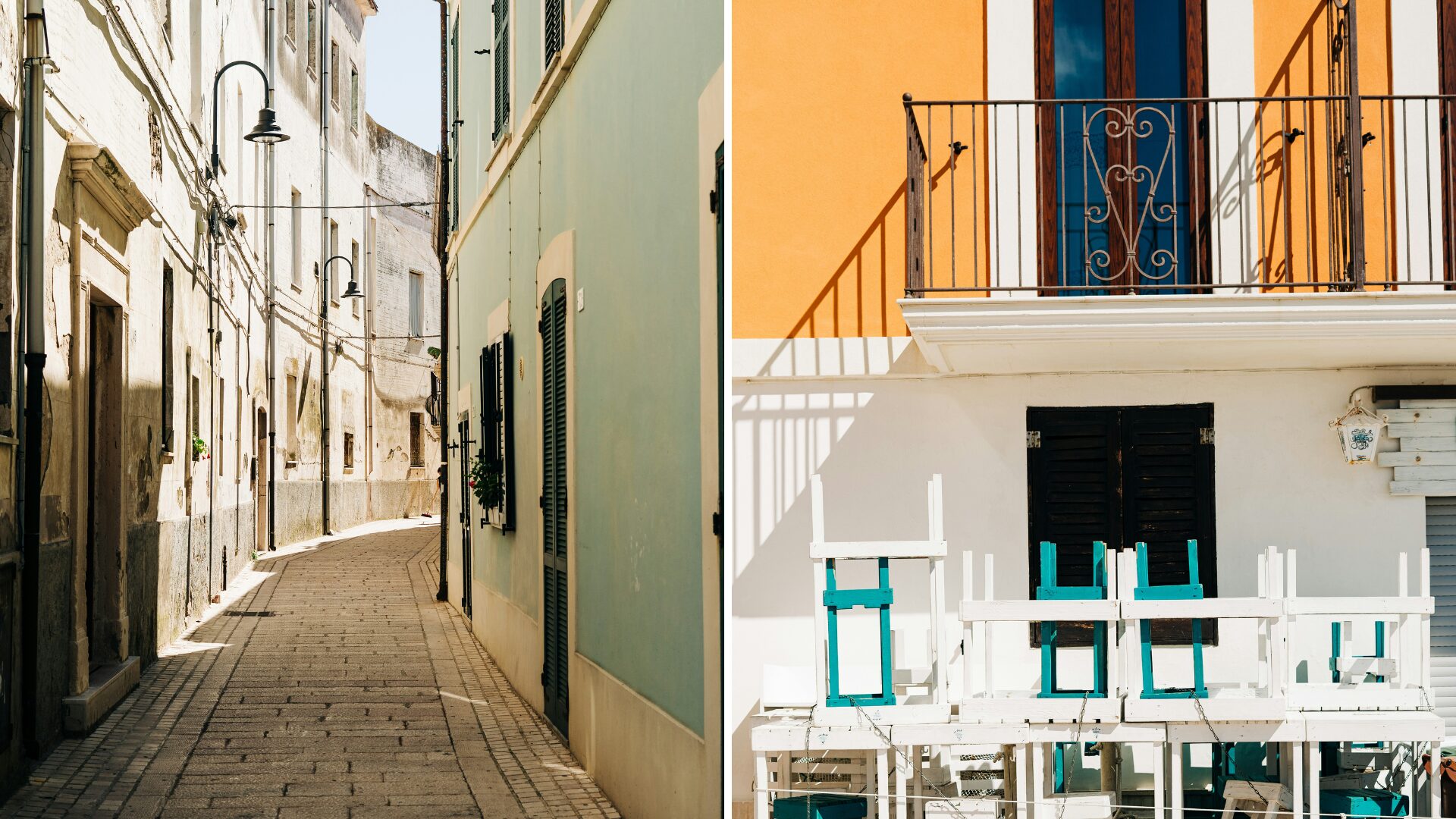
The worn steps feel like they’ve carried centuries of stories.
On my walks, I found secret courtyards with potted plants and locals chatting from balconies overhead—real Italian life happening right in front of me.
Cultural Highlights and Traditions
The fishing tradition here still thrives in the Old Quarter. I got up early one morning to watch fishermen return with their catches in traditional wooden trabocchi boats—a scene that hasn’t really changed in generations.
During the Festival of San Basso (August 3-5), the quarter bursts to life with processions, music, and celebrations for the town’s patron saint. Locals welcomed me to join in, sharing dishes like brodetto alla termolese (fish stew) and u scescille (sweet pastries).
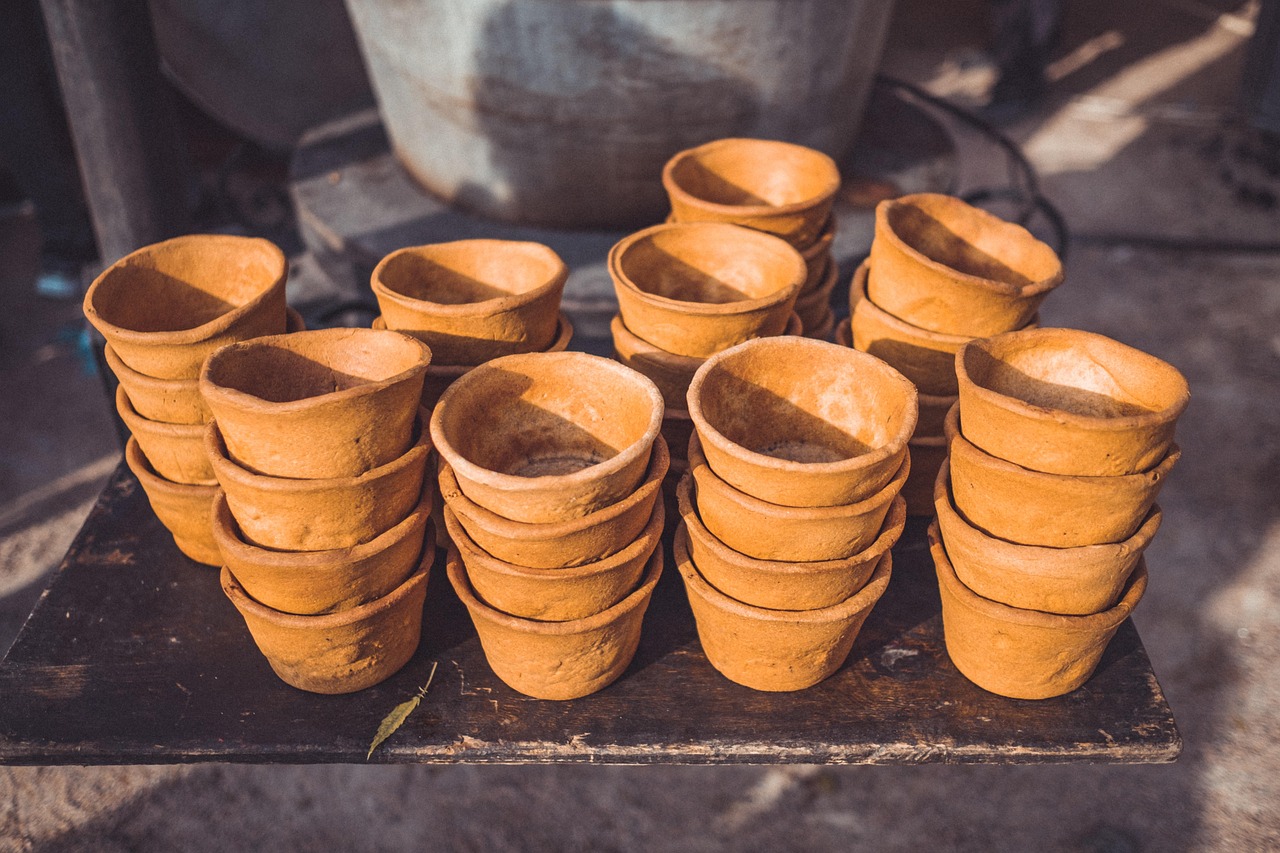
Artisan workshops fill the quarter, and I watched craftspeople make everything from ceramics to lace, using techniques their families have passed down for ages.
The sea remains at the heart of the quarter’s identity. Maritime symbols pop up everywhere—in art, food, and daily conversation. That connection to heritage makes Borgo Antico feel deeply immersive.
Pastel Houses: The Colors of Seaside Life
The rainbow of colors on Termoli’s seaside homes tells a story of tradition, practicality, and creative flair. Walking these vibrant streets feels like stepping into a painting, where every shade serves a purpose.
Architectural Styles and History
Termoli’s pastel houses date back to the 16th century, though many have been lovingly restored. I noticed the homes usually have narrow facades, small balconies with wrought iron, and wooden shutters to block out the summer sun.
Fishermen once painted their homes in bright colors so they could spot them from the sea. Each family picked its own shade, and over time, those choices created the town’s signature look.
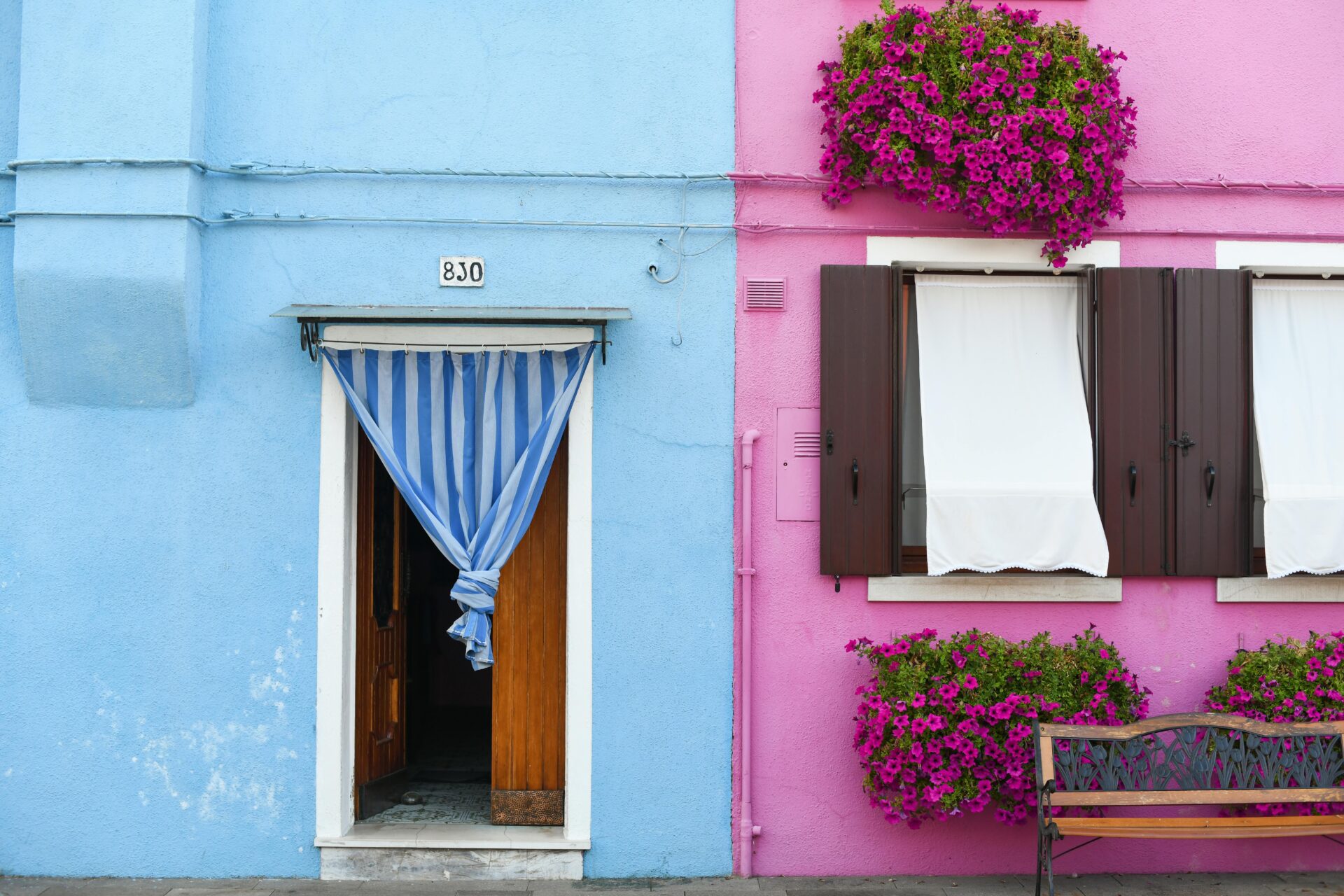
The yellows, pinks, and blues also help reflect sunlight, keeping interiors cool during hot Mediterranean days.
Most buildings keep their original stone foundations, but those colorful exteriors really pop, making for some great vacation photos.
Iconic Streets and Instagram-Worthy Spots
Via Federico II has the most photogenic row of pastel buildings in town. I spent ages trying to get the perfect shot of the color blocks blending into each other.
The old town walls give you panoramic views of the rainbow effect, especially against the blue Adriatic.

Dawn and dusk work their magic on these facades, as the changing light turns them into something almost unreal. My favorite photo spot is where Via del Mare meets a small piazza—the buildings there form a gradient from salmon pink to pale blue.
The tight alleys between houses create dramatic light tunnels, perfect for unique photos. Even though these passages show up in travel magazines all the time, they feel fresh every time I see them.
Local Artistry and Decoration
People here take pride in personalizing their colorful homes. Hand-painted ceramic tiles decorate doorways, often with maritime scenes or local flowers.
I’ve collected a bunch of these entryway photos during my walks.
Window boxes spill over with geraniums and bougainvillea, adding even more color. Many homeowners hang little fishing boats or seashell wind chimes, celebrating the town’s connection to the sea.
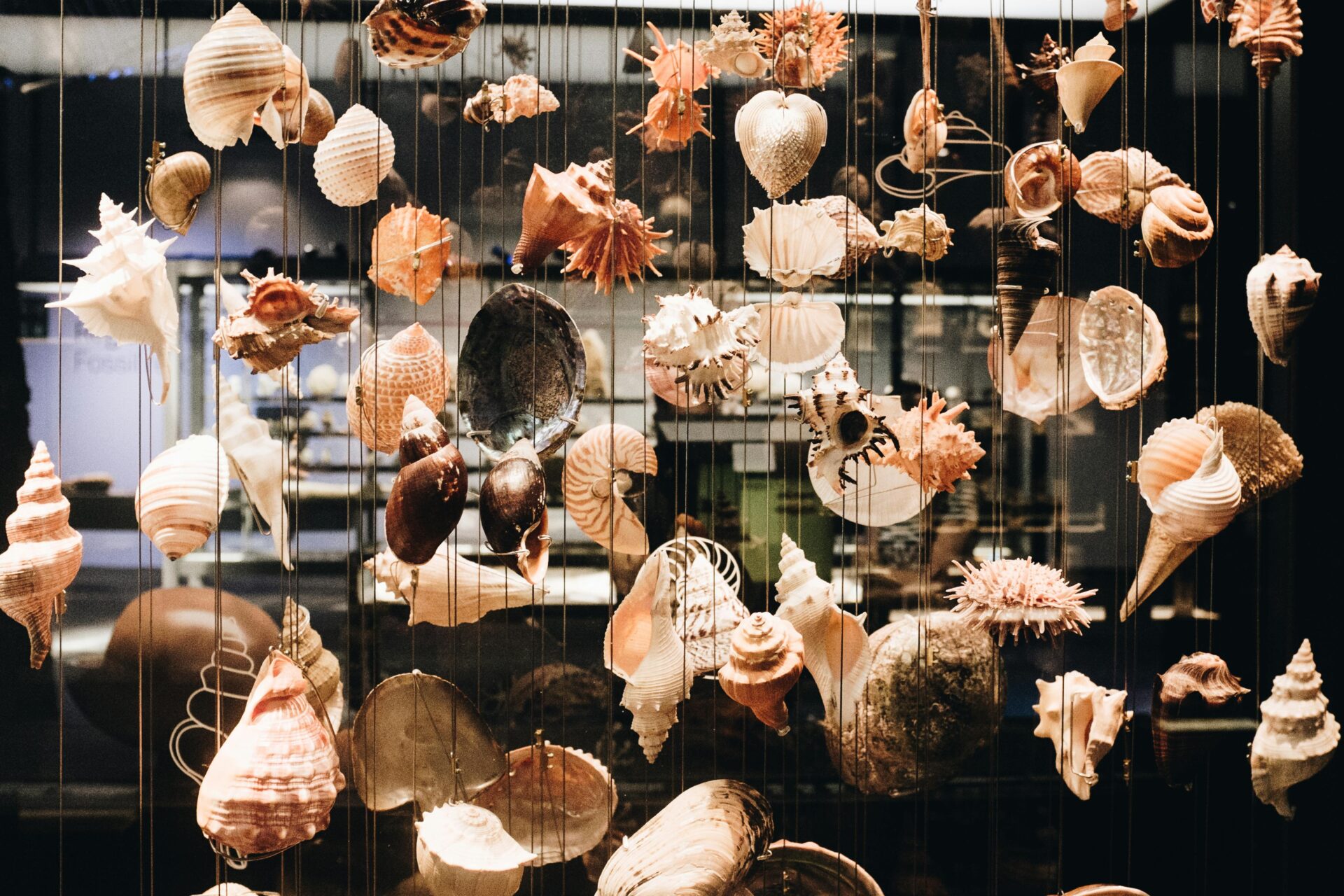
During the holidays, decorations multiply and play off each home’s color scheme. The effect is a community that feels both cohesive and full of personality.
Local artists often paint these scenes in watercolors, which you can find in small galleries tucked between the pastel buildings.
Fishing Boats and Maritime Traditions
Termoli’s identity really comes alive in its maritime culture. The colorful fishing boats in the harbor tell stories of families who’ve worked the Adriatic for generations.
Fishermen’s Daily Life and the Harbor
I arrived at the harbor before dawn and watched fishing boats head out to sea. The fishermen prepare their nets and gear with practiced hands, following traditions that have been handed down for ages.
Most boats leave around 4 AM and come back mid-morning with their fresh catches.
The harbor buzzes with activity as locals gather to greet the boats. Older fishermen teach younger apprentices how to read the weather and find the best fishing spots.
Many families have fished these waters for centuries. Along the docks, I heard fishermen call out to each other in a dialect that mixes Italian with local sea terms.
Traditional Boat Designs and Colors
Termoli’s fishing boats stand out with their wooden frames and bold paint jobs—blues, reds, and yellows that pop against the sea.

Some boats still use the traditional “trabucco” design, with long wooden arms for net fishing. Each boat’s colors usually reflect family traditions or superstitions.
Names painted on the hulls tell stories too. Many boats are named after saints or female relatives, hoping for protection at sea. Some older boats still have hand-painted “occhi” (eyes) on their bows, an old tradition meant to guide them home.
Seafood Markets and Fresh Catches
Watching the morning’s catch unloaded at Termoli’s seafood market is something special. Crates of silver sardines, octopus, and red mullet create a colorful scene on the stone piers.
The market follows the boats’ schedule. When I arrived around 9 AM, locals were already picking out the freshest fish for their meals.
Vendors clean and fillet fish right there. Popular catches include:
- Scampi (langoustines)
- Sogliola (sole)
- Vongole (clams)
- Pesce spada (swordfish)
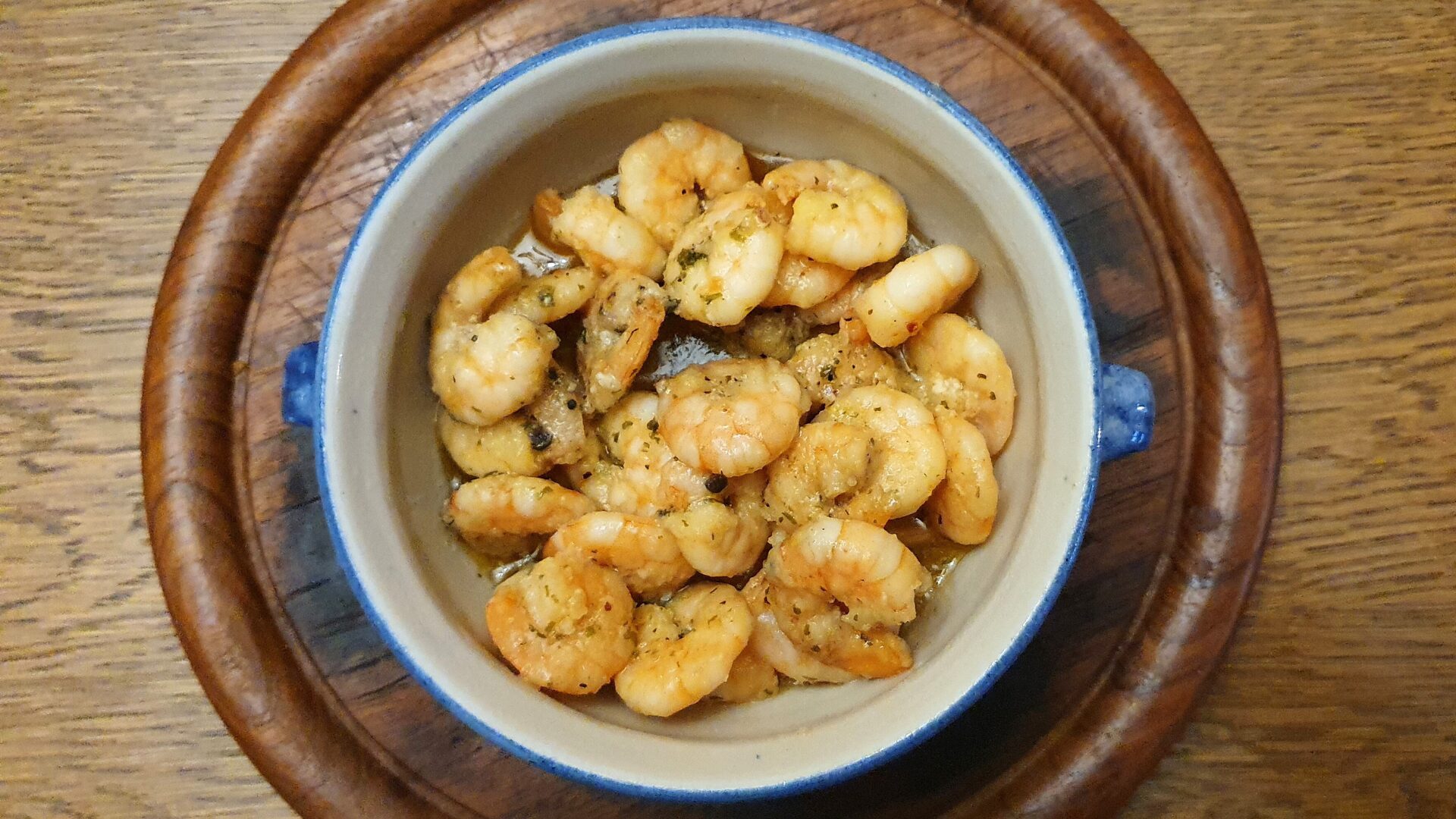
Top restaurants send staff to buy seafood straight from the boats. I watched chefs check gills and eyes, relying on old-school methods to pick the best fish for their menus.
Seaside Charm: The Adriatic Panorama
Termoli gives you jaw-dropping views where the Adriatic meets the ancient stone of the old quarter. The coastline stretches out, offering perfect spots to relax or snap a few photos.
The Cape and Coastline Walks
Walking along Termoli’s cape turned out to be one of my favorite things. The paths curve around the headland, and every turn brings a new view.
Early mornings here feel magical. Soft light bathes the limestone cliffs in gold as fishing boats drift out for the day.
The coastal trail links up with small, hidden beaches that stay pretty quiet even in summer. These sandy coves are perfect for a swim in clear Mediterranean water.

I was surprised by how easy these walks are—no special gear needed, just comfy shoes and a camera for the scenery where old fortifications meet endless blue.
Panoramic Views Over the Tyrrhenian and Adriatic Seas
Termoli’s spot on the map gives you rare views of both the Adriatic and Tyrrhenian seas when the sky’s clear. The best panoramic view I found was at the northern edge of the old quarter.
From up there, I watched the Adriatic shift from turquoise near the shore to deep blue farther out. The horizon feels infinite—it’s hard to put into words but impossible to forget.
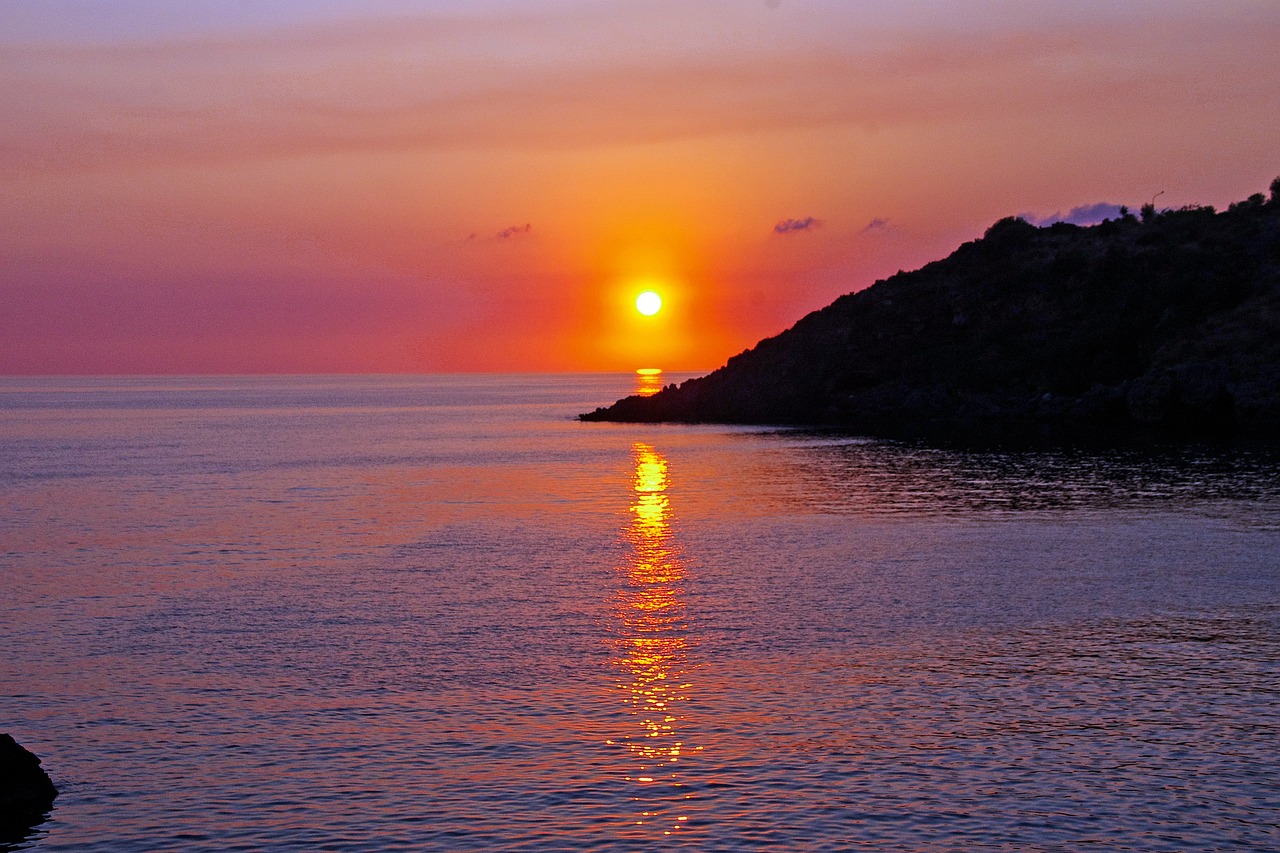
At sunset, the sky explodes in pastel colors reflected in the calm sea. Locals gather here in the evenings, and honestly, I get why—it’s one of those places where everything just feels right.
The sandy beaches stretch north, dotted with colorful umbrellas in summer. If you can, time your visit for early evening when the golden light makes everything glow.
Termoli in the Context of Italy’s Seaside Towns
Termoli stands out among Italy’s coastal towns, mixing real charm with far fewer tourists than the famous spots. Its colorful waterfront and working fishing port give you a peek at traditional coastal life that’s getting rare these days.
Comparisons to Cinque Terre and the Italian Riviera
When I first saw Termoli, I was struck by how it captures the heart of Italian seaside beauty without the crowds you get in Cinque Terre or Portofino.
Instead of dramatic cliffs, Termoli sits on a gentle rise with an easy-to-reach waterfront.
The pastel buildings remind me of Cinque Terre, but here they frame a real harbor, not tourist-packed streets. While the Riviera is all about luxury yachts and celebrity buzz, Termoli keeps things authentic—weathered boats bringing in the daily catch.
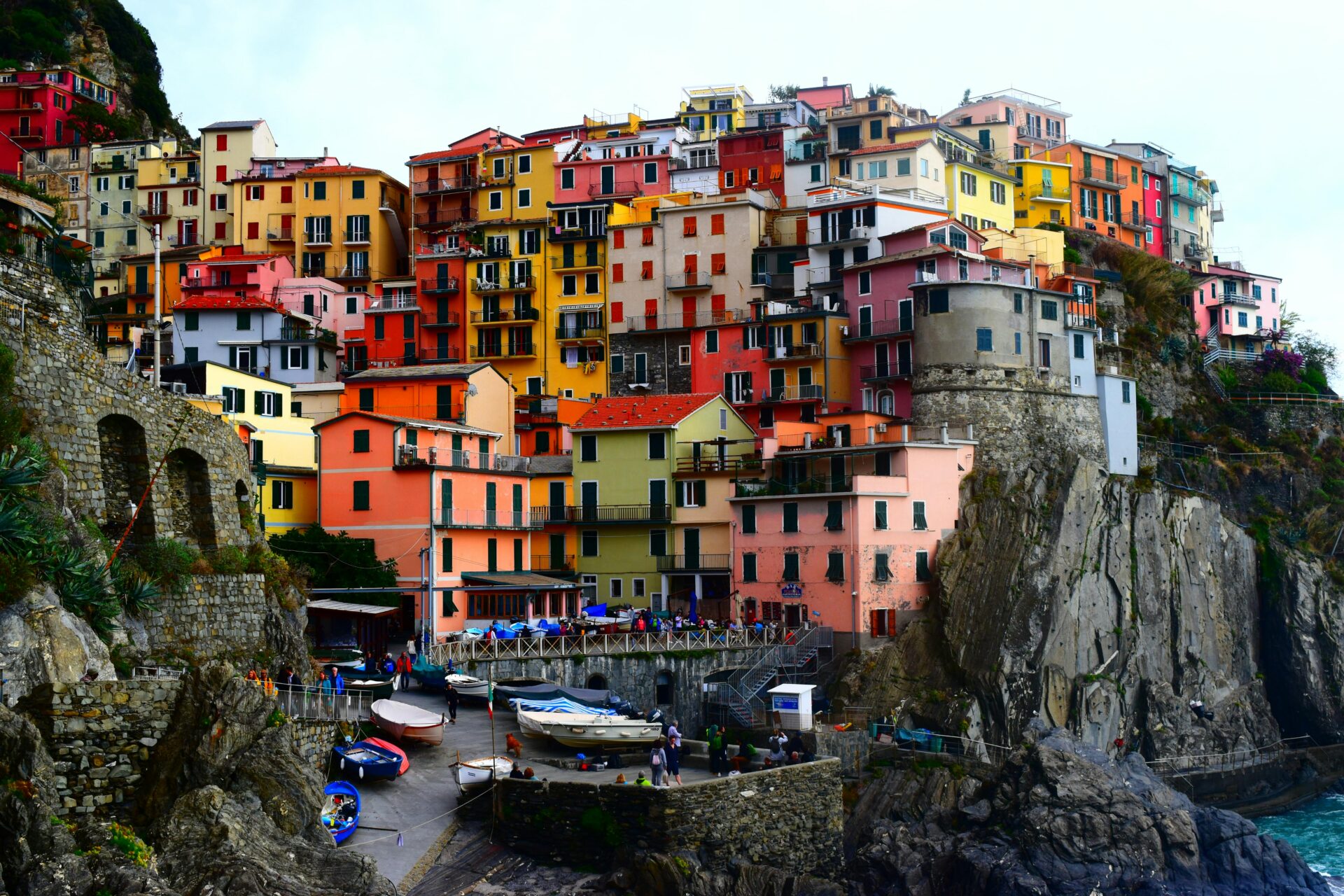
Termoli manages to balance beauty and function. The town hasn’t traded away its fishing heritage for tourism, unlike some places along the Amalfi Coast.
Why Termoli is a Hidden Gem
I honestly think Termoli is one of Italy’s best-kept secrets. While crowds flock to Positano and Sorrento, this Molise gem stays uncrowded.
Prices here are lower—rooms and meals cost a lot less than in Amalfi or Sorrento.
The beaches rival anything in Puglia, with clean sand and clear water, but you’ll mostly see Italian families instead of big groups of tourists.
The old quarter has the same maze of medieval streets as the famous spots, but you get space to wander.
What makes Termoli shine is its authenticity. Unlike Sardinia’s Costa Smeralda or Calabria’s newer resorts, Termoli hasn’t been remade for tourism. Here, fishermen still mend nets while locals sip aperitivo by the harbor.
Day Trips to Procida, Ischia, and Capri
From Termoli, I found it surprisingly easy to reach the Bay of Naples islands. Regular ferries run to Procida, which has a candy-colored harbor that feels like Termoli’s cousin across the sea.
Ischia brings a different vibe with hot springs and lush gardens—a nice change from Termoli’s rugged coast. Capri is doable for a day trip, though I’d stay overnight if you can to soak it in after the crowds leave.

The journey across Molise and Campania is scenic in itself. Termoli isn’t as famous as Naples for boat trips, but it’s becoming a small hub for yacht rentals, offering a cheaper alternative to the Amalfi Coast.
Yachting, Leisure, and Coastal Adventure
Termoli’s coastline is a dream for sailing fans and leisure travelers. The clear Adriatic waters make this town a great spot for yachting adventures.
Popular Marinas and Moorings Nearby
Porto Turistico di Termoli sits right by the old town walls. I found it well-equipped, with 300 berths, modern facilities, and friendly staff who speak English.
Marina di San Salvo, 12 miles north, offers quieter moorings and good rates. On my summer trip, I paid about €80 a night for a 40-foot yacht.

Marina di Campomarino, just 8 miles south, caters to luxury yacht owners with upscale services and even helicopter transfers.
For day trips, the Tremiti Islands’ coves are a must. They don’t have many permanent moorings, but the natural harbors are perfect for overnight stays in turquoise waters.
Types of Yacht Charters Offered
Experienced sailors can book bareboat charters. Last summer, I rented a 42-foot sailboat for a week and explored the coast on my own.
Skippered charters come with a captain, ideal if you don’t have sailing experience. These usually start at €1,200 per day for 8-10 guests.
Crewed yacht charters offer the full luxury package with a captain, chef, and crew. Most boats have 3-5 cabins for 6-10 guests.
Day charters are popular with tourists, running 4-8 hours. I paid €600 for a half-day motorboat trip that included swimming and lunch.
Fishing charters are also available, led by local captains who know the best Adriatic spots.
Luxury Yacht Charters and Cost Considerations
Luxury motor yachts range from 70-150 feet and start at around €30,000 per week in high season. These usually have 4-6 cabins with private bathrooms.
Premium sailing yachts (60-100 feet) cost €20,000-€40,000 weekly. I toured one with a beautiful teak deck and three big staterooms.
Super yachts (150+ feet) start at €150,000 per week. These floating palaces feature jacuzzis, water toys, and stabilizers for comfort.

Other costs to keep in mind:
- Fuel (€500-€2,000 per week)
- Port fees (€100-€300 per night)
- Crew gratuity (10-15% of charter)
- Provisioning (food and drinks)
May and September offer 20-30% discounts and the weather’s still great.
Waterfront Activities for Fun and Relaxation
Termoli’s coastline is packed with water sports. I tried jet skiing (€80/hour) and parasailing (€60/person) right off the main beach.
Snorkeling and diving trips show off underwater caves and ruins. Summer visibility can reach 30 meters—amazing for underwater photos.
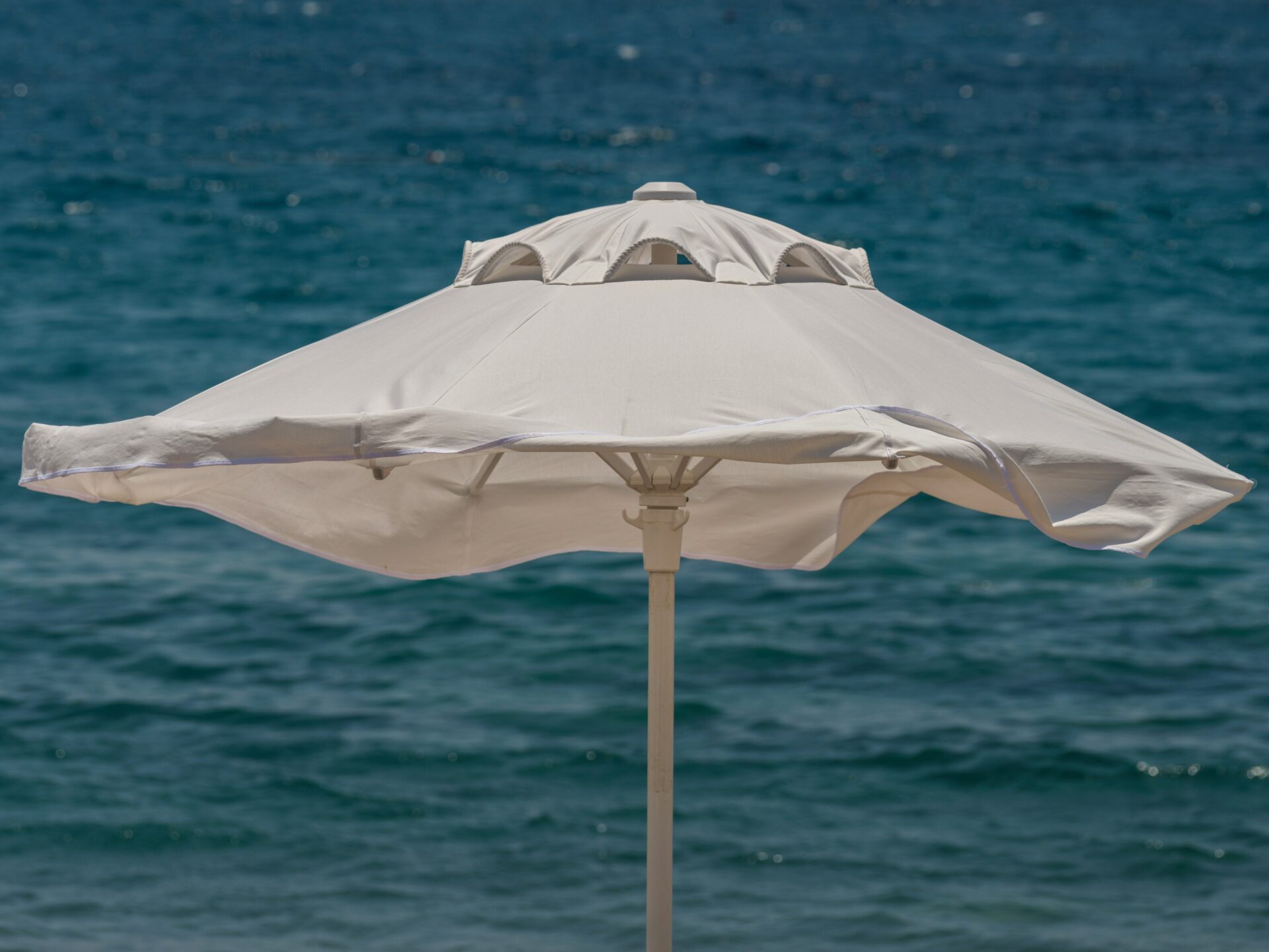
Beach clubs line the shore, offering loungers, umbrellas, and service. Lido Panfilo became my go-to spot for lazy afternoons and people-watching.
Coastal hiking trails offer incredible views. The path from Termoli to Petacciato Marina (6km) is a favorite for its Adriatic vistas.
Sunset cruises are a hit with visitors. I joined one that included local wine and seafood for €90—absolutely worth it for the experience.

